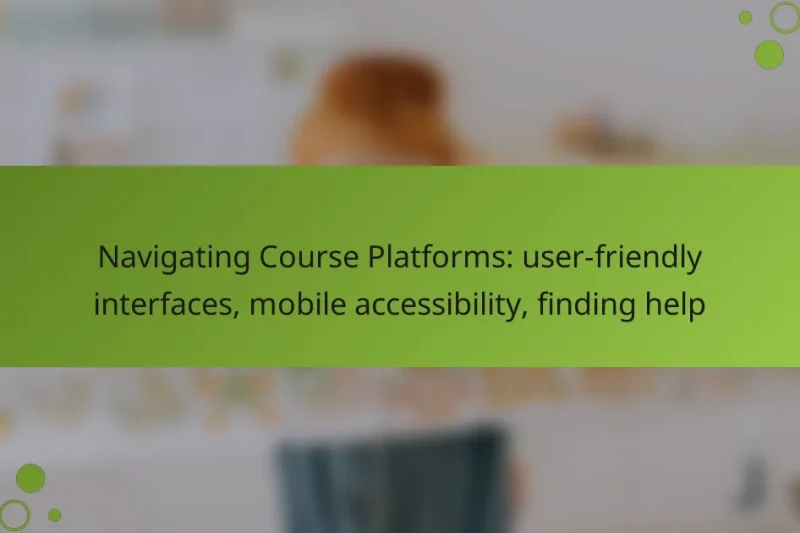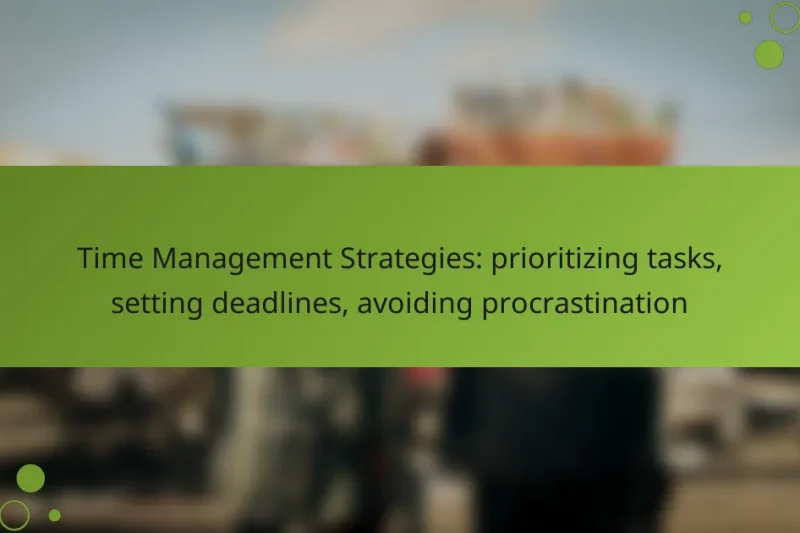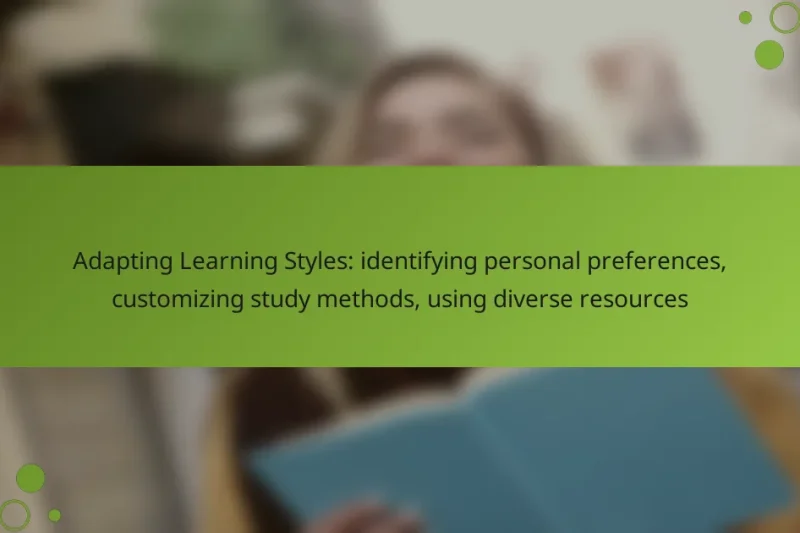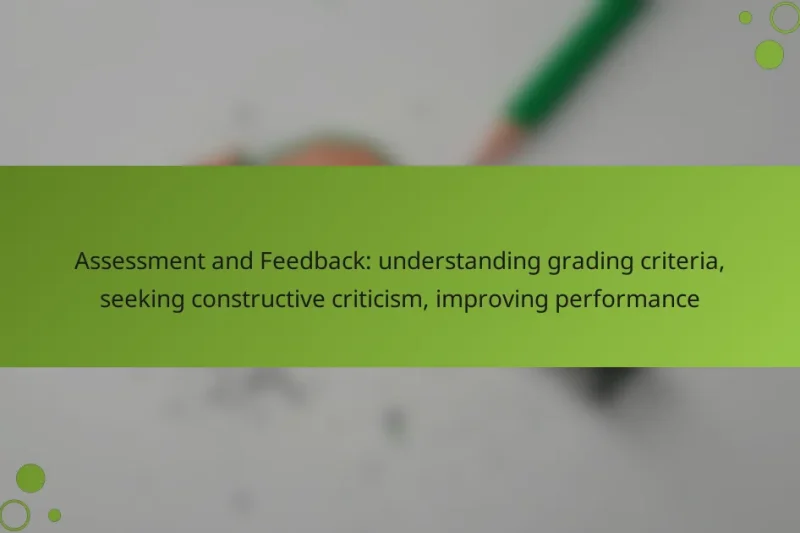Navigating course platforms effectively is crucial for a seamless learning experience. Look for user-friendly interfaces that … Navigating Course Platforms: user-friendly interfaces, mobile accessibility, finding helpRead more
Challenges and Solutions in Online Learning
Online learning presents several challenges, including student engagement, technical difficulties, and limited social interaction, which can affect overall educational effectiveness. However, by implementing interactive elements and utilizing various digital tools, educators can enhance engagement and create a more immersive learning experience. Addressing these challenges with targeted solutions is essential for fostering student success in the online environment.
Course Completion Rates: understanding dropout reasons, enhancing engagement, providing support
Understanding the reasons behind course dropout is essential for improving completion rates in online education. By … Course Completion Rates: understanding dropout reasons, enhancing engagement, providing supportRead more
Time Management Strategies: prioritizing tasks, setting deadlines, avoiding procrastination
Time management is essential for achieving personal and professional goals, and it begins with prioritizing tasks … Time Management Strategies: prioritizing tasks, setting deadlines, avoiding procrastinationRead more
Adapting Learning Styles: identifying personal preferences, customizing study methods, using diverse resources
Understanding your unique learning style is essential for maximizing your educational experience. By identifying whether you … Adapting Learning Styles: identifying personal preferences, customizing study methods, using diverse resourcesRead more
Assessment and Feedback: understanding grading criteria, seeking constructive criticism, improving performance
Understanding grading criteria is essential for students aiming to enhance their performance in online courses. By … Assessment and Feedback: understanding grading criteria, seeking constructive criticism, improving performanceRead more
What are the main challenges in online learning?
The main challenges in online learning include student engagement issues, technical difficulties, lack of personalized feedback, time management struggles, and limited social interaction. These obstacles can hinder the effectiveness of online education and impact student success.
Student engagement issues
Student engagement is often lower in online learning environments compared to traditional classrooms. Factors such as distractions at home and the absence of physical presence can lead to decreased motivation. To combat this, instructors can incorporate interactive elements like quizzes, discussion forums, and multimedia content to keep students actively involved.
Additionally, setting clear expectations and goals can help maintain student focus. Regular check-ins and encouraging peer collaboration can also enhance engagement levels.
Technical difficulties
Technical difficulties are a common barrier in online learning, affecting both students and instructors. Issues may include unreliable internet connections, software glitches, or unfamiliarity with online platforms. To mitigate these problems, institutions should provide comprehensive technical support and training for users.
Students should also be encouraged to familiarize themselves with the tools and resources available, ensuring they have backup plans in case of connectivity issues, such as offline materials or alternative communication methods.
Lack of personalized feedback
In online learning, students may receive less personalized feedback compared to face-to-face interactions. This can lead to feelings of isolation and confusion regarding their progress. To address this, educators should prioritize timely and constructive feedback through various channels, such as emails, video messages, or virtual office hours.
Creating opportunities for one-on-one interactions can also help students feel more connected and supported in their learning journey.
Time management struggles
Many students face time management challenges in online learning due to the flexibility of schedules. Without a structured environment, it can be easy to procrastinate or misallocate time. To improve time management, students should create a dedicated study schedule that outlines specific times for coursework and breaks.
Using tools like calendars or task management apps can help students stay organized and accountable, ensuring they meet deadlines and maintain a balanced workload.
Limited social interaction
Limited social interaction is a significant challenge in online learning, as students miss out on the camaraderie and networking opportunities found in traditional settings. This can lead to feelings of loneliness and disengagement. To foster a sense of community, educators should encourage group projects, discussion groups, and virtual meet-ups.
Additionally, utilizing social media platforms or dedicated forums can help students connect with peers, share experiences, and build relationships, enhancing their overall online learning experience.
How can online courses improve student engagement?
Online courses can enhance student engagement by incorporating diverse interactive elements that foster participation and motivation. By leveraging various strategies, educators can create a more immersive learning experience that keeps students actively involved.
Interactive content strategies
Interactive content strategies involve using multimedia elements such as videos, quizzes, and discussion forums to engage learners. These tools encourage active participation and allow students to apply their knowledge in real-time. For example, incorporating polls during lectures can provide immediate feedback and stimulate discussion.
Consider using platforms that support interactive features, such as embedded quizzes or breakout rooms for group discussions. These strategies can significantly increase retention rates and make learning more enjoyable.
Gamification techniques
Gamification techniques apply game-like elements to the learning process, such as points, badges, and leaderboards. This approach can motivate students by creating a sense of achievement and competition. For instance, awarding points for completing assignments or participating in discussions can encourage consistent engagement.
When implementing gamification, ensure that the rewards are meaningful and aligned with learning objectives. Avoid overwhelming students with excessive competition, as it may lead to stress rather than motivation.
Regular live sessions
Regular live sessions provide opportunities for real-time interaction between instructors and students, which can enhance engagement. These sessions allow for immediate feedback, clarification of doubts, and dynamic discussions. Scheduling weekly or bi-weekly live classes can help maintain a connection and foster a sense of community among learners.
To maximize the effectiveness of live sessions, consider varying the format by including guest speakers or interactive workshops. Ensure that these sessions are well-structured to keep students focused and engaged throughout the duration.
What tools can enhance online learning experiences?
Various tools can significantly improve online learning experiences by facilitating communication, organization, and collaboration. Key tools include Learning Management Systems (LMS), video conferencing platforms, and collaboration tools, each serving distinct purposes to enhance the learning process.
Learning Management Systems (LMS)
Learning Management Systems are software applications that provide a framework for delivering, tracking, and managing training and education. They allow educators to create and distribute content, assess student performance, and monitor progress efficiently.
When selecting an LMS, consider factors such as user-friendliness, integration capabilities with other tools, and scalability. Popular LMS options include Moodle, Canvas, and Blackboard, which cater to different educational needs and institutional sizes.
Video conferencing platforms
Video conferencing platforms enable real-time communication and interaction between instructors and students, making remote learning more engaging. Tools like Zoom, Microsoft Teams, and Google Meet are widely used for live classes, discussions, and virtual office hours.
When using video conferencing, ensure a stable internet connection and familiarize yourself with the platform’s features, such as screen sharing and breakout rooms, to enhance the learning experience. It’s advisable to set clear guidelines for participation to maintain a productive environment.
Collaboration tools
Collaboration tools facilitate teamwork and project management among students and educators. Applications like Google Workspace, Microsoft 365, and Trello help users share documents, manage tasks, and communicate effectively.
To maximize the benefits of collaboration tools, encourage students to utilize shared documents for group projects and establish clear roles within teams. Regular check-ins can help keep projects on track and ensure that all participants are engaged and contributing.
What are effective time management strategies for online learners?
Effective time management strategies for online learners include creating a structured schedule, setting specific goals, and utilizing productivity apps. These approaches help learners stay organized, focused, and motivated throughout their online courses.
Creating a structured schedule
A structured schedule is essential for online learners to allocate time effectively for studying, assignments, and breaks. Start by identifying your peak productivity times and block those hours for focused study sessions. Consider using a digital calendar or planner to visualize your week.
Include specific time slots for each subject or task, and be realistic about how much you can accomplish in a session. Regularly review and adjust your schedule to accommodate changes in workload or personal commitments.
Setting specific goals
Setting specific goals helps online learners maintain direction and motivation. Break down larger tasks into smaller, manageable objectives, such as completing a chapter or writing a certain number of words per day. This approach makes progress measurable and less overwhelming.
Use the SMART criteria—Specific, Measurable, Achievable, Relevant, Time-bound—to formulate your goals. For example, instead of saying “study math,” specify “complete math exercises 1-10 by Friday.” This clarity enhances focus and accountability.
Using productivity apps
Productivity apps can significantly enhance time management for online learners by providing tools for organization and focus. Consider apps like Trello for task management, Forest for maintaining focus, or Google Calendar for scheduling. These tools can help streamline your workflow and keep you on track.
Experiment with different apps to find what works best for your study habits. Many apps offer features like reminders and progress tracking, which can help you stay accountable and motivated throughout your learning journey.
How can instructors provide personalized feedback?
Instructors can provide personalized feedback by using various strategies that cater to individual student needs. Effective methods include automated grading tools, peer review systems, and one-on-one coaching sessions, each offering unique advantages for enhancing student learning.
Utilizing automated grading tools
Automated grading tools streamline the feedback process by quickly assessing student submissions, particularly in large classes. These tools can provide immediate scores and basic comments, allowing instructors to focus on more complex feedback for individual students.
When selecting an automated grading tool, consider its compatibility with your learning management system and the types of assignments it can evaluate. Popular options include tools that assess multiple-choice quizzes, coding assignments, and even essays using AI algorithms.
Implementing peer review systems
Peer review systems encourage students to evaluate each other’s work, fostering a collaborative learning environment. This method not only provides diverse perspectives but also helps students develop critical thinking and analytical skills.
To implement a peer review system effectively, establish clear guidelines and rubrics for evaluation. Consider using platforms that facilitate anonymous reviews to promote honest feedback and reduce bias.
Offering one-on-one coaching sessions
One-on-one coaching sessions allow instructors to give tailored feedback based on individual student performance and learning styles. These sessions can address specific challenges and provide personalized strategies for improvement.
Schedule regular coaching sessions, either virtually or in person, to ensure students receive timely support. Aim for a balance between structured feedback and open dialogue, allowing students to express their concerns and goals.




